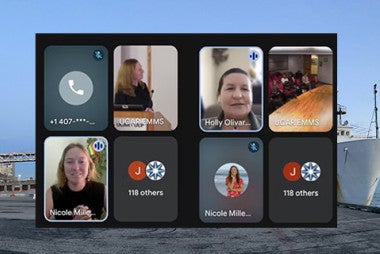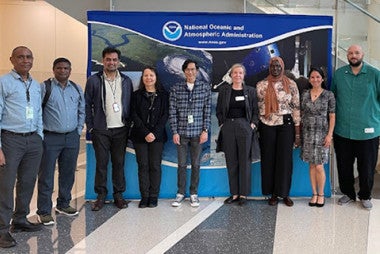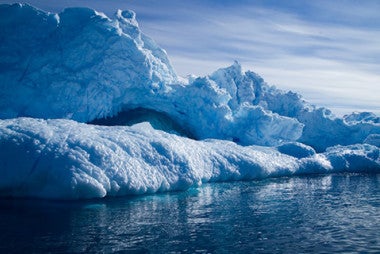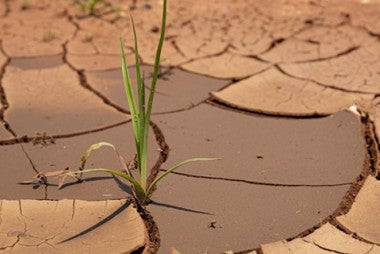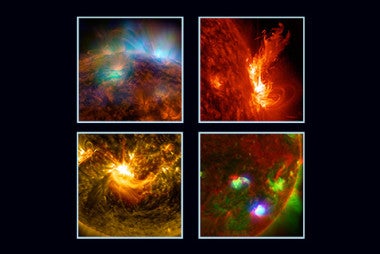UCAR | CPAESS visiting scientist applies data assimilation techniques to improve NOAA forecast model
The Rapid Refresh Forecast System (RRFS) is NOAA’s prototype next generation prediction system that will support improved and more frequent forecasts for aviation, severe convective weather, heavy rain, and snowstorms over North America. Updated forecasts are crucial for public safety.
The RRFS consists of a complex suite of technologies running within NOAA’s Unified Forecast System (UFS), a collaborative, Earth modeling initiative that aims to streamline the nation’s operational forecast systems, reducing them from 21 to 8, while strengthening climate and weather predictions in the process. The RRFS is producing hourly ensemble forecasts, or a set of forecasts, rather than just one in order to better monitor atmospheric conditions.
Masanori Oigawa is a scientist with the Japan Meteorological Agency (JMA) who is currently a UCAR | CPAESS Visiting Scientist at the NOAA Environmental Modeling Center (EMC). His research focuses on making improvements to data assimilation processes and techniques within the RRFS. Future plans include adopting these improvements in the Joint Effort for Data assimilation Integration, or JEDI, the next generation data assimilation framework.

Masanori Oigawa is a scientist with the Japan Meteorological Agency (JMA) who is currently a UCAR | CPAESS Visiting Scientist at the NOAA Environmental Modeling Center.
Masanori Oigawa
The JEDI initiative sits within a larger center, The Joint Center for Satellite Data Assimilation (JCSDA), an interagency partnership that is hosted by UCAR Community Programs (UCP). JCSDA’s mission is to improve and facilitate the use of satellite data in environmental research and analysis, including forecast systems. Because JEDI is building on existing capabilities, it is expected to allow for even “faster development and research-to-operations (R2O) … to meet the requirements of the UFS.” (Source)
Data assimilation is a method that combines various observational data, such as temperature, humidity, pressure and wind with forecast data from a numerical model to estimate the most likely state of the atmosphere.
”In data assimilation, observational values also have errors, not just forecast values. Therefore, instead of simply replacing the background value with the observational value, the optimal analysis value is statistically estimated by considering the relative reliability of the observational and background values based on their error statistics,” said Oigawa.
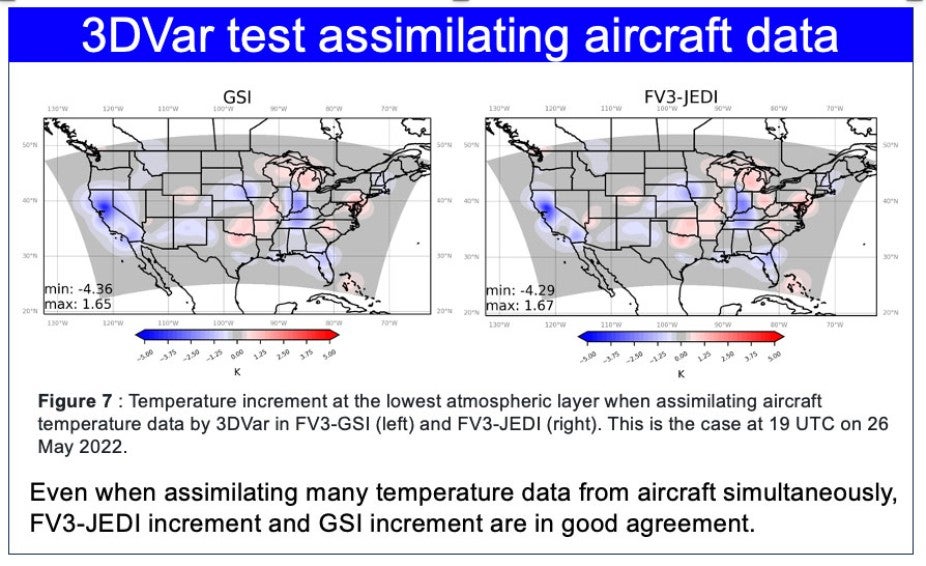
Credit: Masanori Oigawa
“It statistically estimates the optimal atmospheric state and analyzes the initial values used for weather forecasting. In data assimilation, accurately modeling background error information of numerical models is crucial for generating initial values with high quality,” says Oigawa.
The Gridpoint Statistical Interpolation (GSI) has long been used as the data assimilation system in operational forecasting systems. Its reliability has been proven over time; however, the community is transitioning to JEDI.
“My task was to move the GSI’s background error modeling capability into the JEDI – to make it compatible – for regional analysis,” says Oigawa. “Currently, there are some limitations with JEDI for regional analysis in terms of using the background error model. So GSI’s background error model was chosen due to its long-standing operational use and proven reliability. ”
Oigawa ported the GSI background error model to JEDI and compared the results to running GSI alone and the outcomes were similar, he said. So far, he has analyzed the results for two weather events using temperature data collected from aircraft.
To do so; however, required access to robust computing resources specifically designed to meet the needs of weather modeling. He used the Mississippi State University High Performance Computing (MSU-HPC) facility that was funded by a NOAA grant and has strengthened research relationships between MSU and NOAA scientists.
“So, I think the GSI’s background error model that I moved into the JEDI for regional analysis is working properly,” says Oigawa. Future analyses will expand to include comparisons of readings other than temperature.
He presented his results to scientific colleagues at the 2025 Annual Meeting of the American Meteorological Society in New Orleans, Louisiana.
Oigawa will return to Japan and his position with the JMA at the conclusion of his visiting scientist appointment. “I am grateful to UCAR for the support and the opportunity to collaborate with NOAA colleagues at EMC,” he said.

